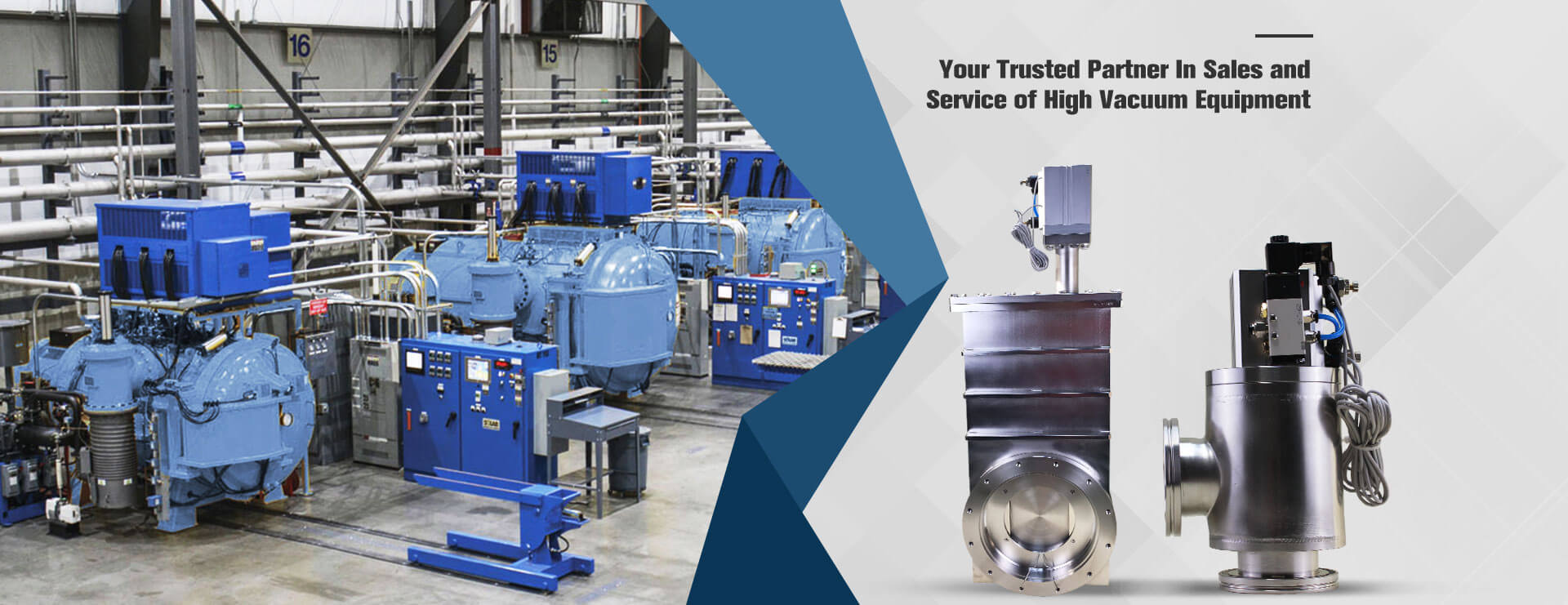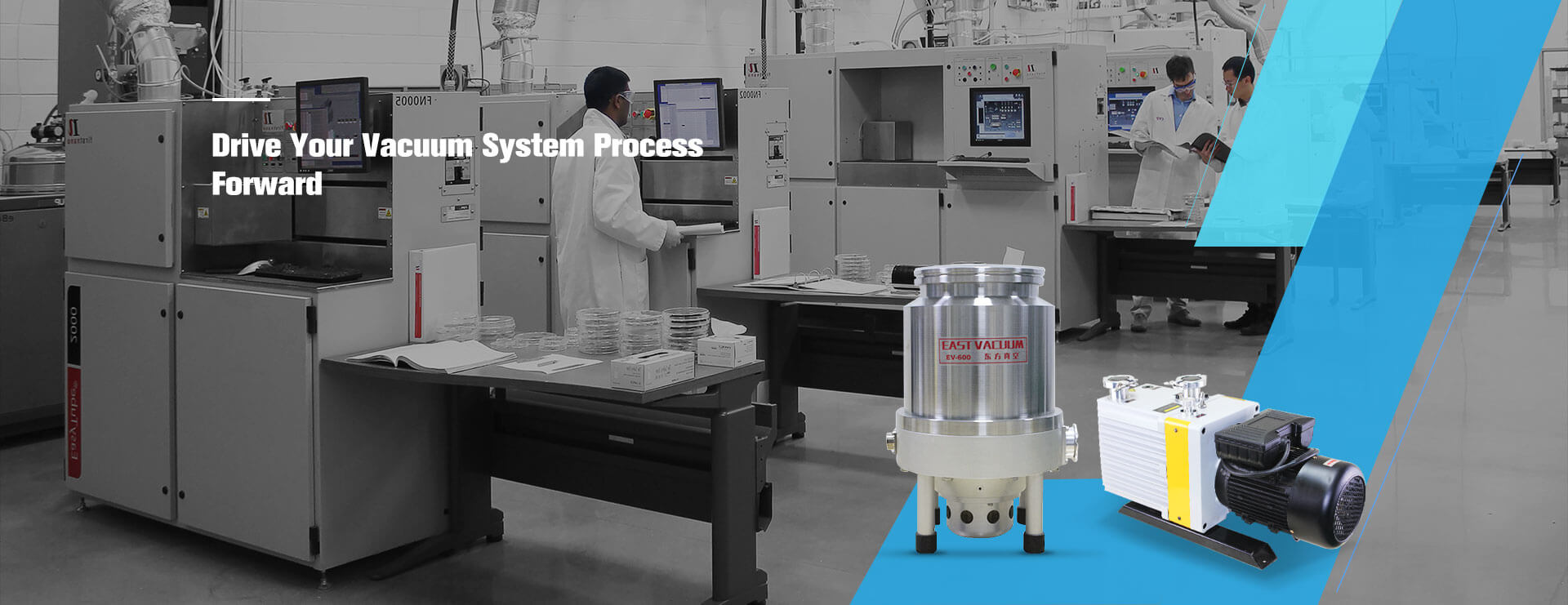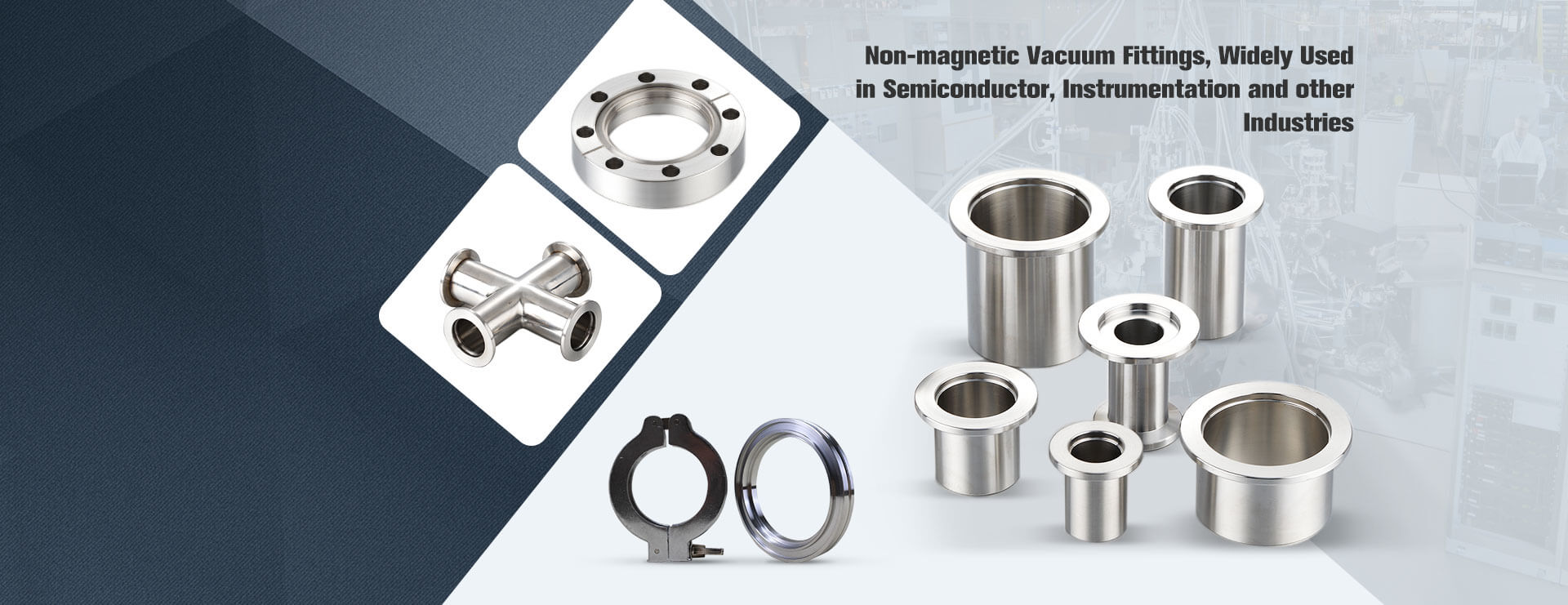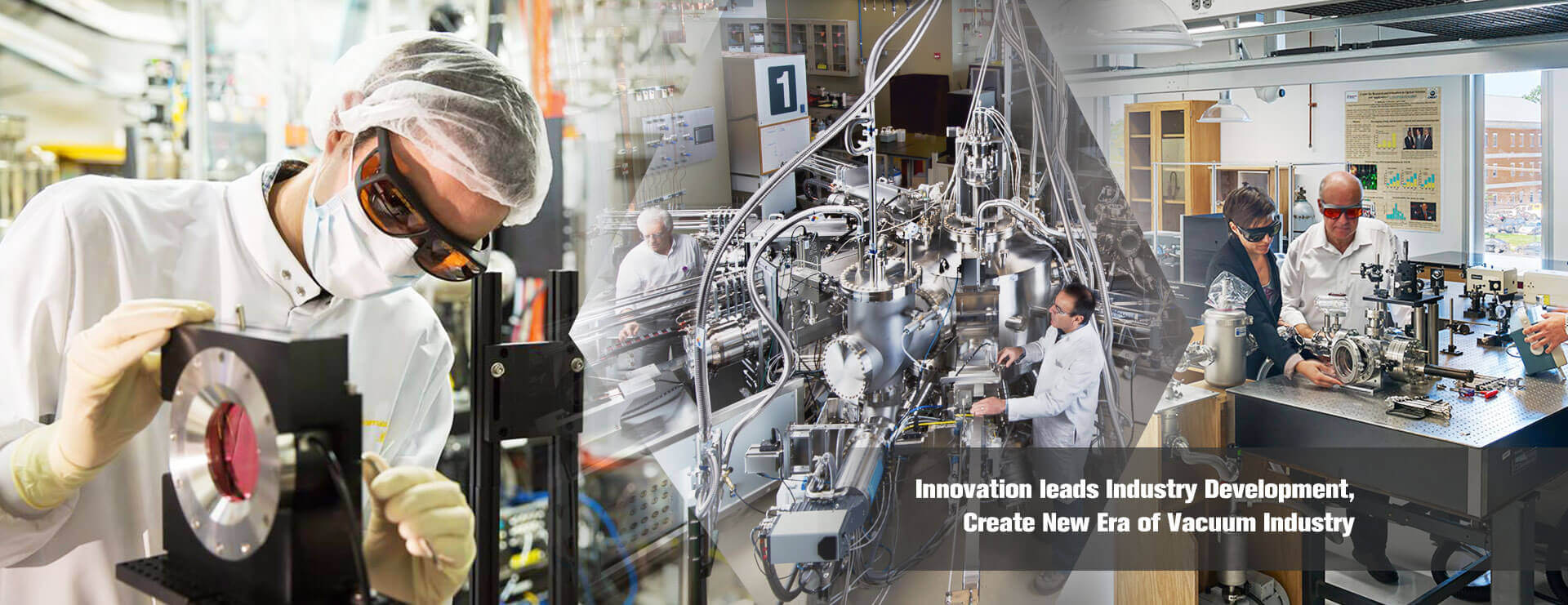The rotary vane vacuum pump is an oil-sealed mechanical vacuum pump and is one of the most basic vacuum-acquiring devices in vacuum technology.
The rotary vane vacuum pump can pump out dry gases in sealed containers and, if equipped with a gas ballast device, a certain amount of condensable gases. However, it is not suitable for pumping out gases containing too much oxygen, corrosive to metals, chemical reactions to the pump oil and particles of dust. There are single-stage rotary vane vacuum pumps and two-stage vacuum pumps.
1、Description of structure
The rotary vane vacuum pump is a volumetric pump, which draws in and compresses the gas by means of the continuous operation of the rotary vane in the pump chamber and finally discharges it through the exhaust port. The pump is mainly composed of stator, rotor and rotary vane, etc. The rotor is fitted eccentrically into the stator cavity. There are two rotor blades in the rotor groove and the rotor spring is placed between the two blades. The inlet and exhaust ports on the stator are separated into two parts by the rotor and the rotor blades.
When the rotor rotates in the stator cavity, the end of the rotor slides against the inner wall of the pump cavity under the joint action of the spring tension and its own centrifugal force, which periodically expands the volume of the cavity on the inlet side and draws in the gas, while gradually reducing the volume of the exhaust port, compressing the inhaled gas and then discharging it from the exhaust port for the purpose of pumping.
2、Features and scope of application
Features.
Coarse filter with wire mesh installed in the suction port of the vacuum pump. Can prevent solid foreign dust particles from being sucked into the pump chamber. The oil separator is fitted with a high efficiency oil and gas separation effect exhaust transducer. When the pump is stopped, a suction valve built into the suction port isolates the pump from the pumped system and prevents oil from being returned to the pumped system. The pump is cooled by air. xD rotary vane vacuum pumps are all driven by a direct-connected electric motor via a flexible coupling.
Range of application.
▪ Vacuum pumps are suitable for use in vacuum pumping of closed systems. For example, vacuum packaging, vacuum forming, vacuum attraction.
▪XD type rotary vane vacuum pump working environment temperature and suction gas temperature should be between 5℃~40℃.
▪The vacuum pump cannot pump out water or other liquids. It cannot pump out explosive, flammable, excessive oxygen content or corrosive gases.
▪ Generally, the motors supplied are not explosion-proof. If explosion-proof or other special requirements are required, the motors must comply with the relevant standards.
3、Application
Its working pressure range is 101325-1.33×10-2 (Pa) belonging to low vacuum pumps. It can be used alone or as a pre-stage pump for other high vacuum pumps or ultra-high vacuum pumps. It has been widely used in metallurgy, machinery, military industry, electronics, chemical industry, light industry, petroleum and pharmaceutical production and scientific research departments. The rotary vane vacuum pump is one of the basic equipment for pumping out gas, it can be used alone or connected with super high pumps such as booster pumps, diffusion pumps and molecular pumps as a pre-stage pump.
▪ The rotary vane vacuum pump is the basic equipment for pumping out the gas in a specific sealed container so that the container can obtain a certain vacuum. Universities and colleges, industrial and mining enterprises for scientific research and production and teaching purposes. It is also widely used in oil presses.
▪ As the rotary vane vacuum pump is made of ferrous metal and is relatively precise, the whole work of the pump is linked together, so the rotary vane vacuum pump is not suitable for pumping out various gases containing too much oxygen, toxic, explosive leaching ferrous metal and chemically acting on the vacuum oil, nor can it be used as a compressor or transfer pump. If the pump has a gas ballast device, it can be used to pump out condensable vapour in certain areas.
4、Use
Before starting, check whether the cooling water of the water-cooled pump is connected. When the ambient temperature is low, move the belt pulley by hand so that the oil in the pump cavity is discharged into the oil tank. Then press the motor button to send power, pay attention to whether the power direction is reversed and whether the pump rotation direction is correct.
Check whether the oil quantity of the vacuum pump is near the oil mark; do not open the valve of the pumped system too fast to prevent a large amount of oil spray; pay attention to any abnormal noise and impact sound during operation, pay attention to the rising oil temperature of the pump and stop the pump immediately when there is local overheating to prevent the pump from being stuck or worn out. When stopping the pump, make sure to release the air from the pump inlet (generally purchased units have automatic release valves); disconnect the power and then the water.
5、Performance characteristics
The rotary vane vacuum pump is a vacuum pump in which the volume of the pump cavity studio separated by the rotary vane changes periodically to achieve pumping. When the working fluid is used to lubricate and fill the dead space of the pump cavity, separating the exhaust valve and the atmosphere, it is the rotary vane vacuum pump commonly known as Xunta vacuum pump, which has the following characteristics in performance.
▪ small size, light weight and low noise level.
▪ the provision of a gas ballast valve for pumping out small amounts of water vapour
▪ High ultimate vacuum level.
▪ Internal forced oil feed for adequate lubrication and reliable performance.
▪ Automatic anti-oil return double safety device.
▪ continuous operation even when the inlet pressure is 1.33 x 10 Pa
▪ No oil leakage, no oil spraying, no pollution of the working environment, the exhaust device has a special oil mist collector.
▪ Can be equipped with a small-diameter adapter and international standard KF interface.
6、Use characteristics
Pumping rate: 4~100L/S (l/s)
Ultimate pressure: ≤6*10-2Pa (Pa)
Ultimate vacuum: ≤1.3 Pa (Pa)
Gas type: clean dry air at room temperature without other mixtures, no other air containing dust and moisture.
Working requirements: The inlet pressure should not exceed 6500 Pa for more than 3 minutes to avoid pump damage due to oil spray.
Working requirements: The inlet pressure is less than 1330pa, allowing a long period of continuous work.
Ambient temperature: The vacuum pump is normally used at a room temperature of not less than 5°C and a relative temperature of not more than 90%.
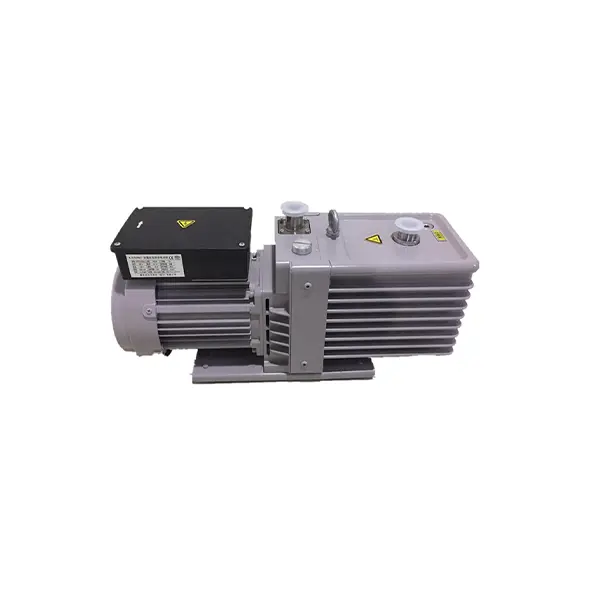
Post time: Aug-11-2022

